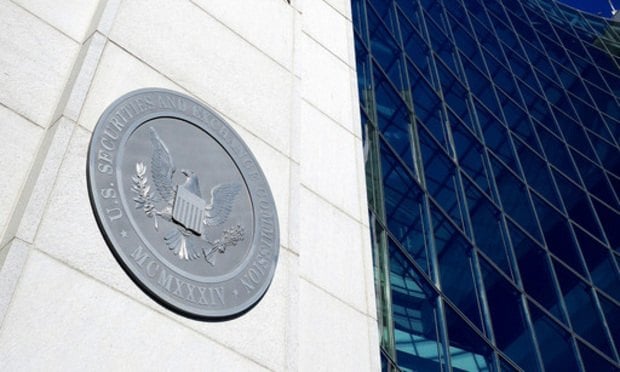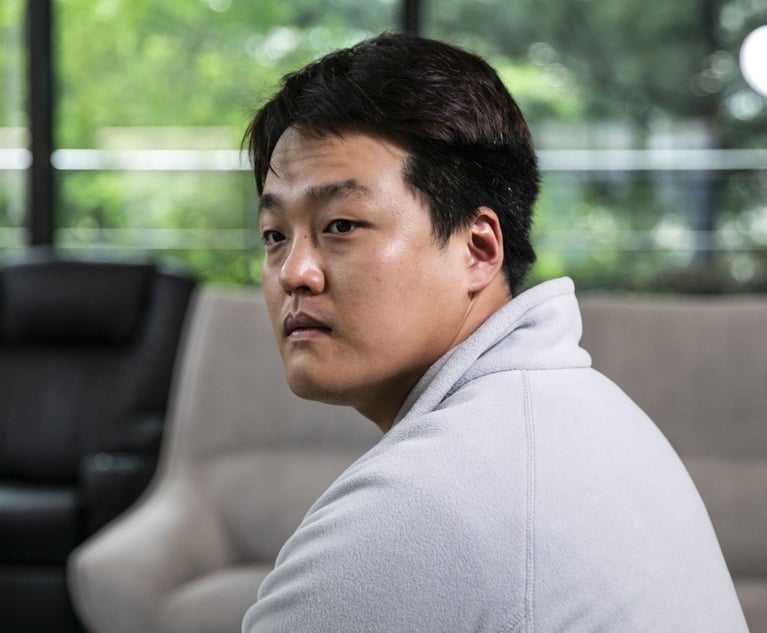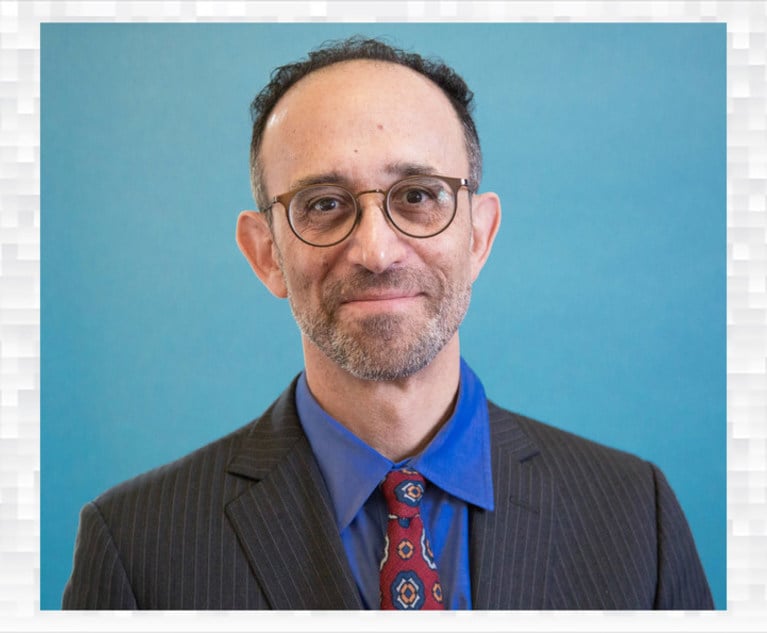 Several years ago, in the landmark case of Janus Capital Group v. First Derivative Traders, 564 U.S. 135 (2011), the Supreme Court held only the author of a misstatement, its maker, could be held liable under Securities and Exchange Commission Rule 10b-5(b), promulgated under Section 10(b) of the Exchange Act of 1934. In the intervening years, many courts accepted that the statutory anti-fraud provisions of Section 10(b) of the Exchange Act of 1934 and Rule 10b-5 thereunder encompassed two different kinds of misconduct. Rule 10b-5(b) addressed misstatements and omissions while subsections (a) and (c) addressed fraud by conduct—e.g., wash sales, painting the tape, various forms of manipulative trading, and so on, that did not have a misstatement component.
Several years ago, in the landmark case of Janus Capital Group v. First Derivative Traders, 564 U.S. 135 (2011), the Supreme Court held only the author of a misstatement, its maker, could be held liable under Securities and Exchange Commission Rule 10b-5(b), promulgated under Section 10(b) of the Exchange Act of 1934. In the intervening years, many courts accepted that the statutory anti-fraud provisions of Section 10(b) of the Exchange Act of 1934 and Rule 10b-5 thereunder encompassed two different kinds of misconduct. Rule 10b-5(b) addressed misstatements and omissions while subsections (a) and (c) addressed fraud by conduct—e.g., wash sales, painting the tape, various forms of manipulative trading, and so on, that did not have a misstatement component.
It became accepted that a scheme claim could not be asserted if the basis was a misstatement or omission. Indeed, just last month, in SEC v. Rio Tinto PLC, 2019 U.S. Dist. LEXIS 43986, *51-52 (March 18, 2019), the U.S. District Court for the Southern District of New York ruled that “in order to state a claim based on scheme liability, the SEC must allege conduct beyond misrepresentations and omissions.” See also Alpha Capital Anstalt v. Schwell Wimpfheimer & Assocs., 2018 U.S. Dist. LEXIS 54594, * 34 (S.D.N.Y. March 30, 2018) (“subsections (a) and (c) may not be sued as a ‘back door into liability for those who help others make a false statement or omission … ‘”); SEC v. Wey, 246 F. Supp. 3d 894, 917-18 (S.D.N.Y. 2017) (listing cases holding that scheme liability hinges on the performance of an inherently deceptive act or conduct distinct from alleged misrepresentations or omissions); SEC v. China Northeast Petroleum Holdings Ltd., 27 F. Supp. 3d 379, 391-92 (S.D.N.Y. 2014) (scheme liability requires conduct beyond misrepresentations or omissions); In re Smith Barney Transfer Agent Litig., 884 F. Supp. 2d 152, 161 (S.D.N.Y. 2012) (“[T]he three subsections of Rule 10b-5 are distinct, and courts must scrutinize pleadings to ensure that misrepresentation or omission claims do not proceed under the scheme liability rubric.”). At the SEC, it was widely accepted that one did not assert scheme liability claims under Rule 10b-5(a) and (c) based on misstatements or omissions, and that such theories were unlikely to be approved by senior management.
This content has been archived. It is available through our partners, LexisNexis® and Bloomberg Law.
To view this content, please continue to their sites.
Not a Lexis Subscriber?
Subscribe Now
Not a Bloomberg Law Subscriber?
Subscribe Now
LexisNexis® and Bloomberg Law are third party online distributors of the broad collection of current and archived versions of ALM's legal news publications. LexisNexis® and Bloomberg Law customers are able to access and use ALM's content, including content from the National Law Journal, The American Lawyer, Legaltech News, The New York Law Journal, and Corporate Counsel, as well as other sources of legal information.
For questions call 1-877-256-2472 or contact us at [email protected]






